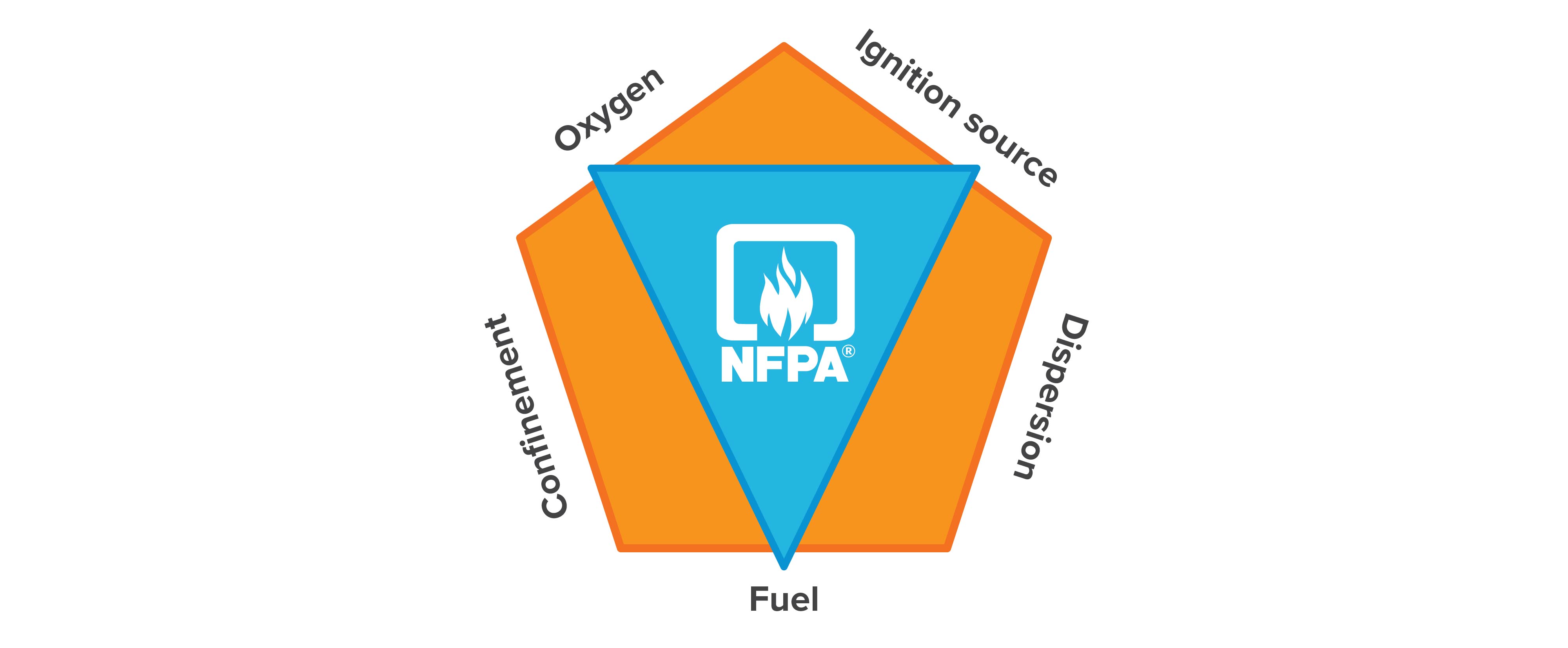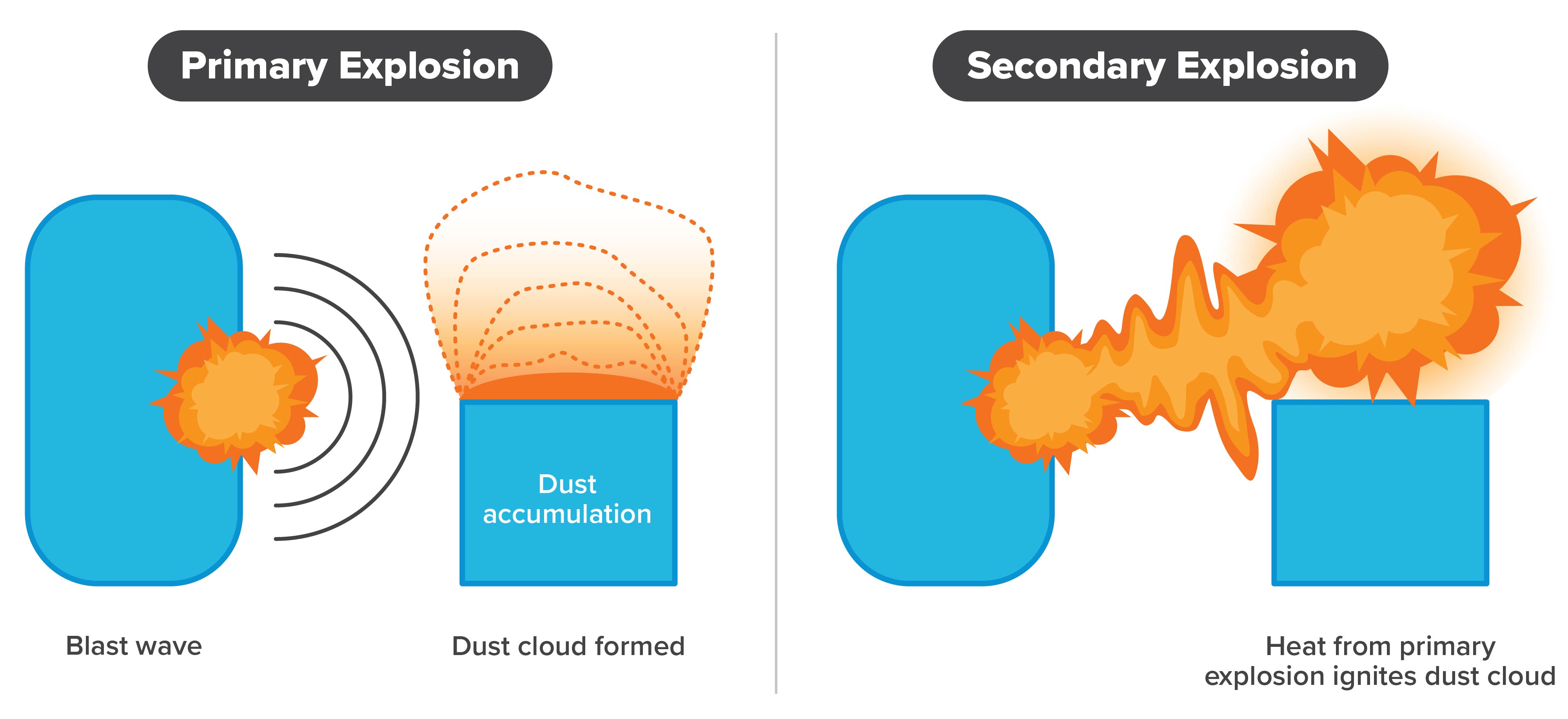Over the last two decades, pharmaceutical and biotechnology cleanrooms have evolved, ensuring the efficient production of sterile drugs and biologics and maintaining extremely high levels of product quality.
At the same time, the industry has made safety a major priority, from preventing contamination to adopting codes that require cleanroom operations to implement specific hazard mitigations.
Cleanroom operations have met the challenges of particle contamination, air quality, and microbial threats. They’ve also embraced new standards in filtration, sanitation, environmental control, and training to safeguard their products, processes, people better, and ultimately the end patients.
Over the last two decades, pharmaceutical and biotechnology cleanrooms have evolved, ensuring the efficient production of sterile drugs and biologics and maintaining extremely high levels of product quality
Today I see an increased focus on mitigating fire and explosion hazards from flammable liquids across the industry. These can be uniquely catastrophic to a cleanroom.
Damage to equipment and installations can destroy millions of dollars within minutes, while the loss to production capacity and needed repairs can stretch costs out into days and weeks.
Even when fire mitigation methods are successful, the automated safety procedures can shut down ventilation equipment or close fire dampers, increasing the risk of cross-contamination across an entire facility.
The potential hazards due to the presence of combustible dusts have been known for decades
False alarms can be costly as well, destroying product and delaying production and there are still gaps. Many operations have not yet learned to account for a key risk for both fire and explosion: combustible dust.
How is the industry starting to understand the fire and explosion hazards presented by combustible dusts?
The potential hazards due to the presence of combustible dusts have been known for decades. The US Chemical Safety Board (CSB) found that between 2006 and 2017, there were 111 dust incidents that resulted in 66 fatalities and 337 injuries.
In my experience, those statistics only tell part of the story. Nearly every cleanroom facility that utilises powder operations I’ve visited has a story of a near miss, whether they knew it or not.
Substantive safety standards exist for flammable liquids. The ability to identify a flammable liquid is straightforward as it is based on flashpoint and boiling point. Both values are easily derived from a Safety Data Sheet (SDS) or widely published data.
False alarms can be costly, destroying product and delaying production
The National Fire Protection Association (NFPA)’s classic “fire triangle” applies to liquids, accounting for fuel, oxygen, and an ignition source.
If you have these three elements at the same time, you can get a fire. Combustible dusts have not received the same level of caution or widespread understanding.
The presence of combustible powders and fine dusts are a fact of life within pharmaceutical cleanrooms not only for the oral solid dosage (OSD) and nutraceutical industries but can also be a concern for more traditional biotech and life science processes.
Nearly every cleanroom facility that utilises powder operations I’ve visited has a story of a near miss, whether they knew it or not
The NFPA describes combustible dust as particles no larger than 500 µm that present a flash-fire or explosion hazard when suspended and ignited in air.
The evaluation of whether the presence of a dust represents a hazard is more complex than flammable liquids: how the powder material is utilised can result in dispersion of the powder throughout a confined space (such as the sealed environment of a cleanroom). This combination can result in an ignition and explosion.
When working with any powder or dust, the risk of combustion is real: assume it’s combustible until you’ve proven otherwise.

The NFPA’s classic “fire triangle” applies to liquids but the evaluation for dust is more complex
Which codes, regulations, and standards apply to combustible dust in a pharmaceutical cleanroom?
Cleanrooms are evaluated and rated according to many standards, from particle and microorganism counts, airflow and pressure, temperature and humidity, leakages, personnel protocols and handling procedures, and flooring and wall systems.
Despite being some of the most regulated industries in the world, the path to universal safety standards for combustible dust has not been a straight line. Relevant standards and best practices have often been confusingly varied, especially in a complex and sometimes nebulous regulatory environment.
On one side, the sheer variability of cleanrooms presents challenges. There are commonly used US and EU standards for cleanrooms, (typically ISO Class 5-8 or EU GMP Grade A-D) that account for the number of particles in the air, but each cleanroom is built around its specific products and processes.
The NFPA describes combustible dust as particles no larger than 500 µm that present a flash-fire or explosion hazard when suspended and ignited in air
Adding these requirements to the need for explosion hazard mitigation, and the cleanroom design becomes significantly more complex.
US standards on combustible dust hazard identification and explosion protection have helped the industry to start to standardise the integration of products and procedures.
The US Occupational Safety and Health Administration (OSHA) combustible dust regulatory practices, NFPA rules, and FM Global combustible dust standards represent requirements and current good practices for dust explosion prevention, isolation, and mitigation.
Standards for explosion hazard assessments and protection for particular facilities and materials can be more ad hoc and vary by state
Standards for explosion hazard assessments and protection for particular facilities and materials can be more ad hoc and vary by state.
Pharmaceutical companies looking to expand internationally may find themselves needing to meet different standards. EU Member State facilities with potential explosion hazards and manufacturers of protective systems for those hazards must comply with Atmosphères Explosives (ATEX) directives.
They set minimum requirements for the safety and protection of workers and equipment and set standards for protective systems. Standards bodies may seek distribution and implementation of their standards far beyond their regional borders, making a comprehensive understanding of potential requirements a need and a pain point.

The journey of an explosion
How can we navigate these standards and ensure safety without interfering with efficiency/quality/cleanability?
Without information that demonstrates dust is non-combustible, you should assume it is. Today there is no “combustible dust” category in the UN Globally Harmonized System for Classification and Labeling of Chemicals (although there have been proposals).
Without clear guidance on how to document combustible dust hazards and properties on Globally Harmonized Safety Data Sheets, documentation can vary widely. Even when an MSDS says a dust is non-combustible, the way it’s processed may change that.
The only way to know for sure is to analyse the entire process as well as the final product. That means a Dust Hazard Analysis (DHA). NFPA 652, Standard on the Fundamentals of Combustible Dust, lays out the basic requirements for DHA for all new and existing processes.
NFPA 652 lays out the basic requirements for DHA for all new and existing processes
To meet the NFPA rules, the owner/operator is ultimately responsible for the DHA to identify and evaluate the potential fire, flash fire, or explosion hazards associated with the presence of combustible dust in any facility system or area.
An Authority Having Jurisdiction (AHJ), like a county fire marshal or state building permit officer can request this code-required document.
The good news is that you can contract a trusted third party to undertake the analysis. This kind of outside, expert perspective can add enormous value to your DHA, bringing in experience from different facilities and successful DHAs, potentially identifying hazards, and proposing solutions your internal team members might not notice.
Depending on the risk ranking, appropriate mitigations can range from requiring no action to needing all safeguards in place to meet an unacceptable level of risk
A knowledgeable consultant will look at your cleanroom to calculate the risk. How are you operating, how are you introducing the powder and what does that do for your process?
Someone with deep knowledge of the pharmaceutical industry can verify the conditions on the ground, identify hazards, evaluate compliance, develop a prevention and mitigation solution, and document results. Recommendations can range from the electrical classification of the room to facility and equipment design, housekeeping practices, and dust control steps.
Depending on the risk ranking, appropriate mitigations can range from requiring no action to needing all safeguards in place to meet an unacceptable level of risk.
Cleanroom operations have met the challenges of particle contamination, air quality, and microbial threats
While standards used to be entirely prescriptive, they have started to give way to performance- and objective-based options. These have shown to be more likely to remain intact in the face of innovation and evolving standards and I see these being the best way forward. This also allows for more flexibility in solutions, better matching the multitude of priorities that every cleanroom must satisfy.
No two cleanrooms or processes are alike, and the same goes for your fire prevention solution. Diligent analysis and the right expertise can ensure the safety and protection of your people, equipment, business, and organisation.
